Fast Publishing in Open Access ISI Journals for Saudi Researchers
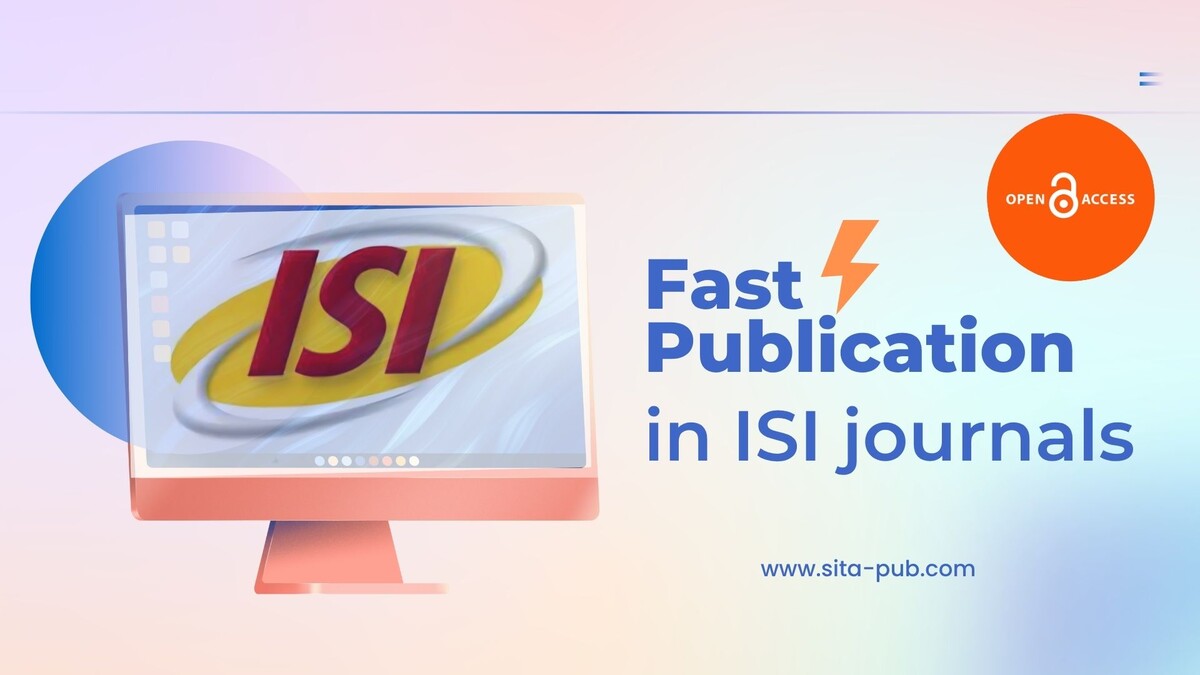

If you’re a researcher in Saudi Arabia—whether based in Riyadh, Jazan, the Eastern Province, or elsewhere—you know how important it is to get your work published quickly in reputable journals. With Saudi universities and research institutions increasingly focusing on academic output and visibility, the pressure is on to publish in journals that not only have global recognition but also allow your research to reach readers as fast as possible.
The good news? Open access ISI journals offer a great solution. These journals provide wide exposure, meet university requirements, and often offer faster publication times compared to traditional journals. But, as you might guess, finding the right journal that ticks all these boxes can be confusing and time-consuming. That’s why this guide is here—to walk you through everything you need to know, step by step, so you can make the best decisions and get your research out there without unnecessary delays.
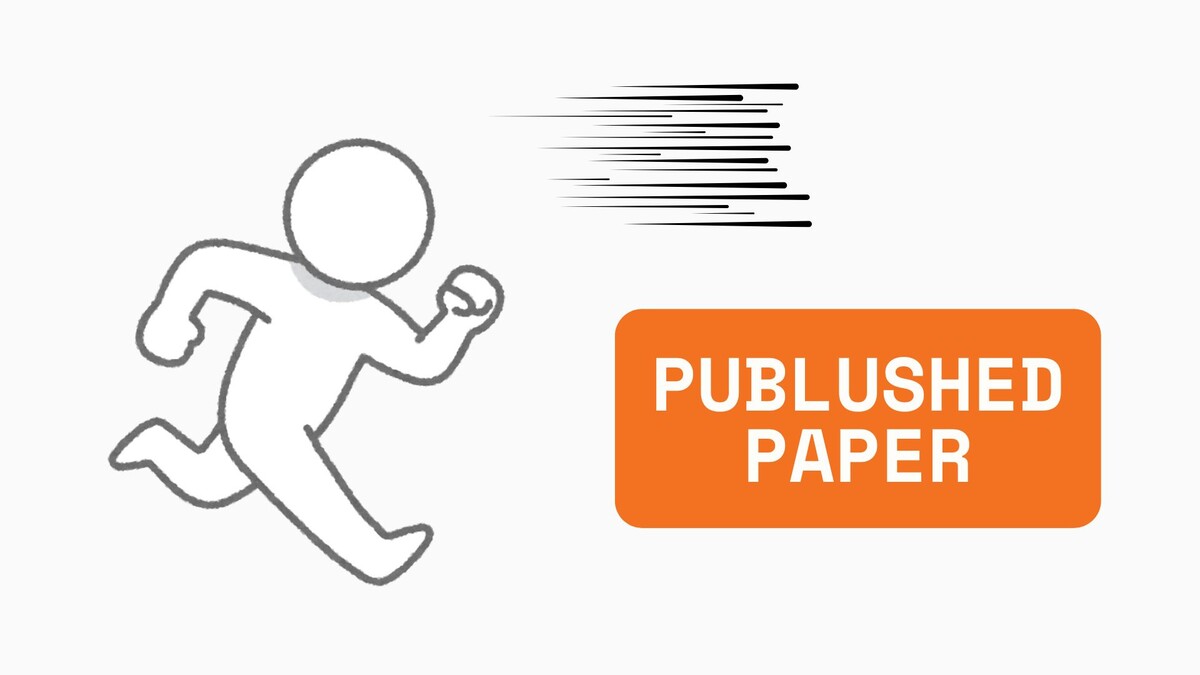
Let’s start by talking about why open access journals have become a go-to choice for many Saudi researchers. It’s not just about “publishing” — it’s about making your research accessible, impactful, and aligned with your academic goals.
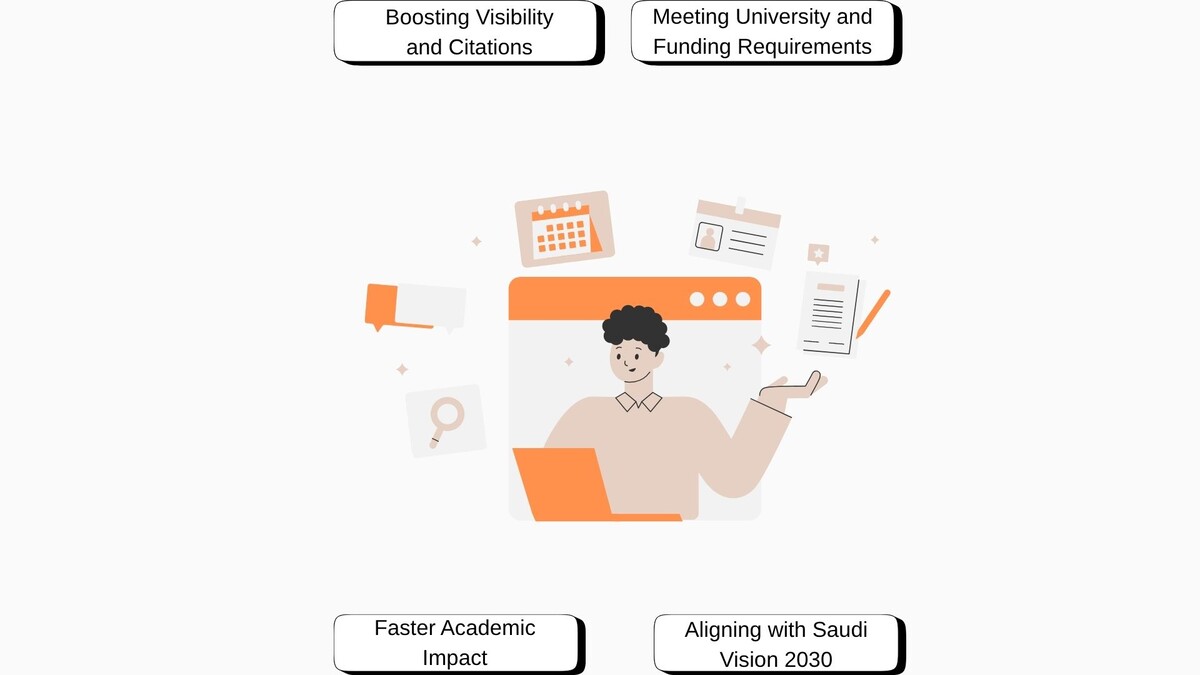
Most Saudi universities and research funding bodies now expect researchers to publish in ISI-indexed journals. But more importantly, there’s a growing emphasis on publishing in open access journals. Why? Because open access ensures your research is freely available to anyone interested—students, academics, policymakers, and even the general public—without any paywalls. This helps your work get the attention it deserves and complies with many grant conditions that require broad dissemination.
When your article is behind a paywall, fewer people can read and cite it. Open access removes that barrier. Your research becomes accessible worldwide, meaning it’s more likely to be discovered and cited. For Saudi researchers, this is especially valuable because it helps your work gain international recognition while contributing to the growing academic community within Saudi Arabia itself.
Open access doesn’t just increase visibility—it speeds up the whole process of impact. The moment your paper is published, anyone can read and reference it. This faster cycle of sharing and citing can accelerate your career progression, grant opportunities, and invitations to collaborate.
Saudi Arabia’s Vision 2030 highlights innovation and knowledge sharing as key pillars for national development. Publishing in open access journals fits perfectly with this vision by promoting global accessibility of Saudi research, fostering collaboration, and ensuring your work contributes to the country’s growth in science and technology.
Not all ISI journals are the same. Knowing the different types of ISI indexes helps you pick the right journal for your field and goals. Here’s a quick overview:
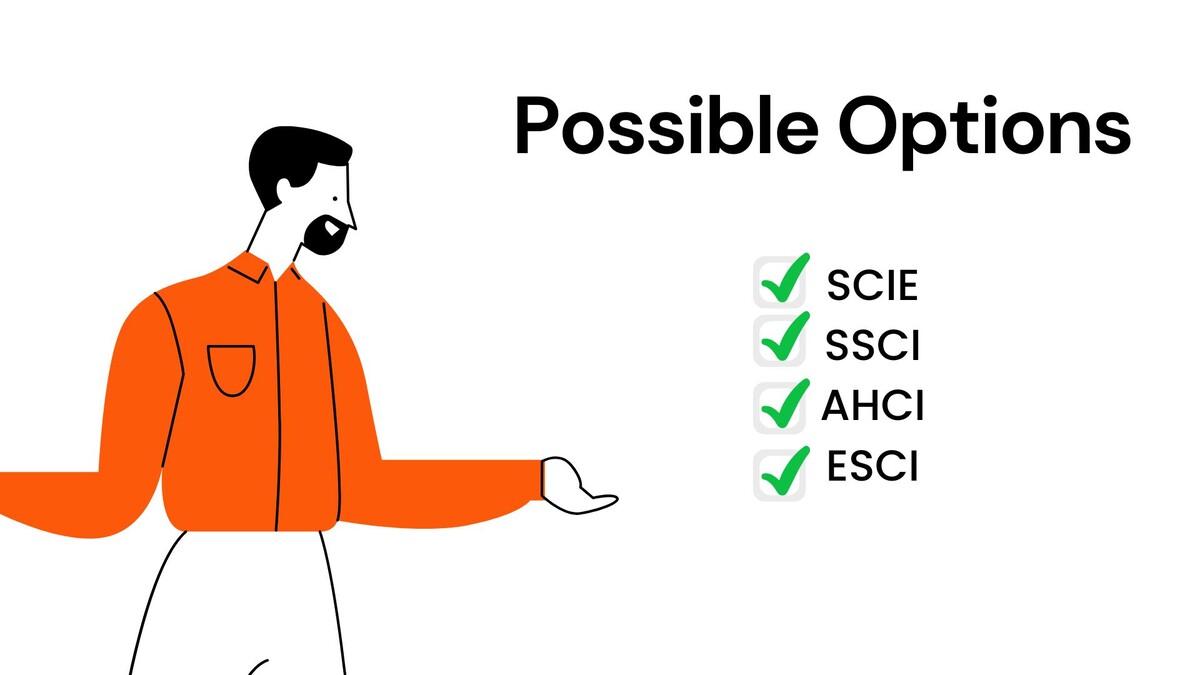
Science Citation Index Expanded (SCIE): The gold standard for science and technology journals. SCIE journals have high impact factors, rigorous peer review, and strong international reputations. For researchers in STEM fields, publishing here is a major achievement.
Social Sciences Citation Index (SSCI): If you work in social sciences—psychology, economics, education—SSCI journals are your target. They’re highly respected in those fields and widely recognized by universities.
Arts & Humanities Citation Index (AHCI): Covers journals in arts, humanities, and cultural studies. Not as common for scientific fields but crucial if your research fits here.
Emerging Sources Citation Index (ESCI): These are newer journals that meet quality standards but haven’t yet been fully indexed in SCIE or SSCI. ESCI journals are growing in recognition and can be good options if you want faster publication, but always check the journal’s reputation carefully.
Most Saudi universities give priority to SCIE and SSCI journals when evaluating academic output, so it’s important to confirm exactly where your target journal stands by checking the Clarivate Master Journal List.
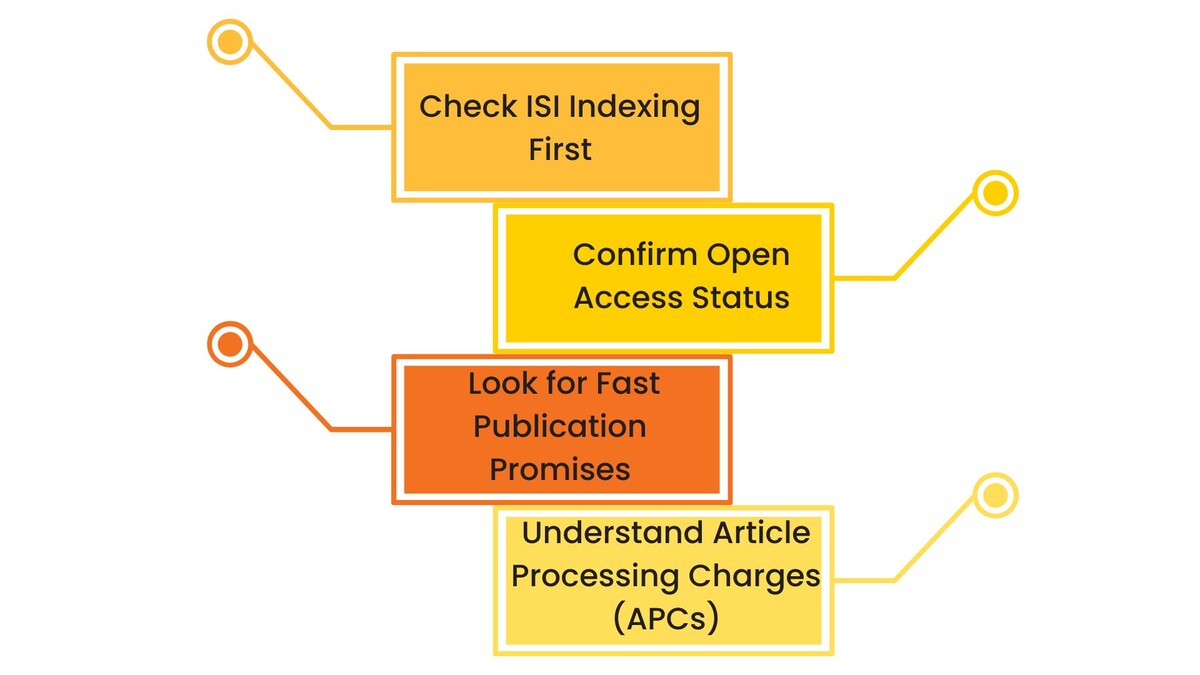
Before you do anything else, confirm the journal is indexed in the Web of Science (ISI) database. This ensures the journal meets high standards and that your publication counts toward university and grant requirements. Use official tools like the Clarivate Master Journal List online.
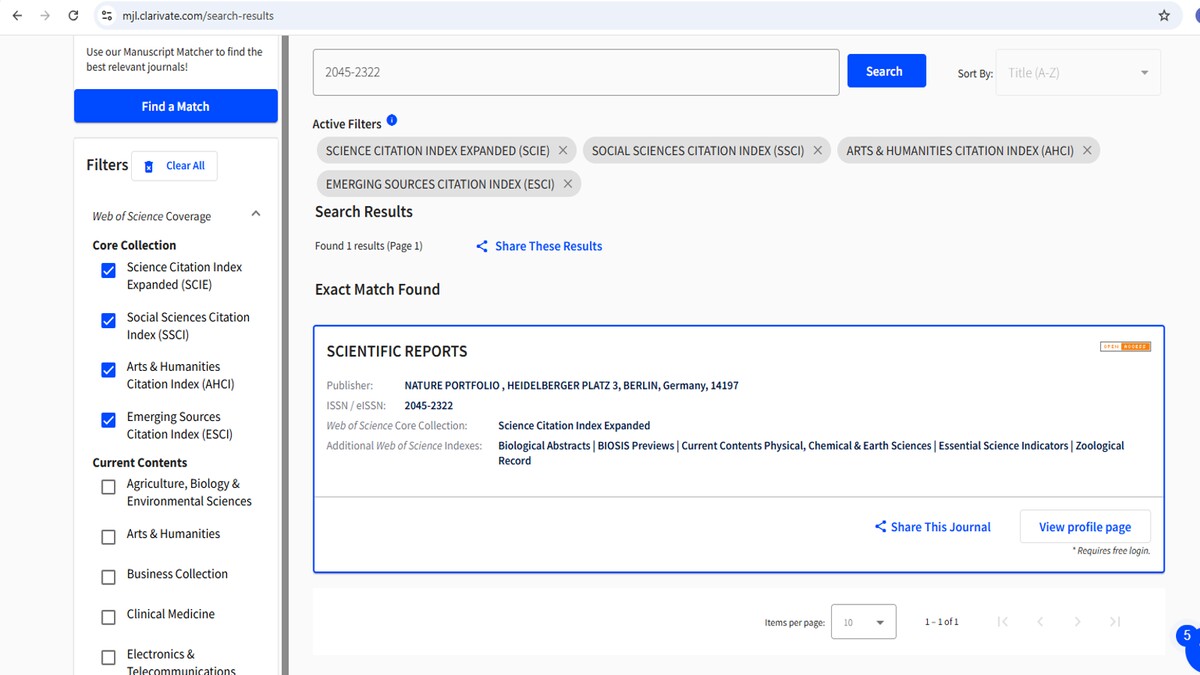
Not all journals that publish open access articles are fully open access. Some journals offer hybrid models, where only some articles are open access, and others are behind paywalls. For maximum visibility and compliance with funding requirements, choose journals that are fully open access. The Directory of Open Access Journals (DOAJ) is a great place to verify this.
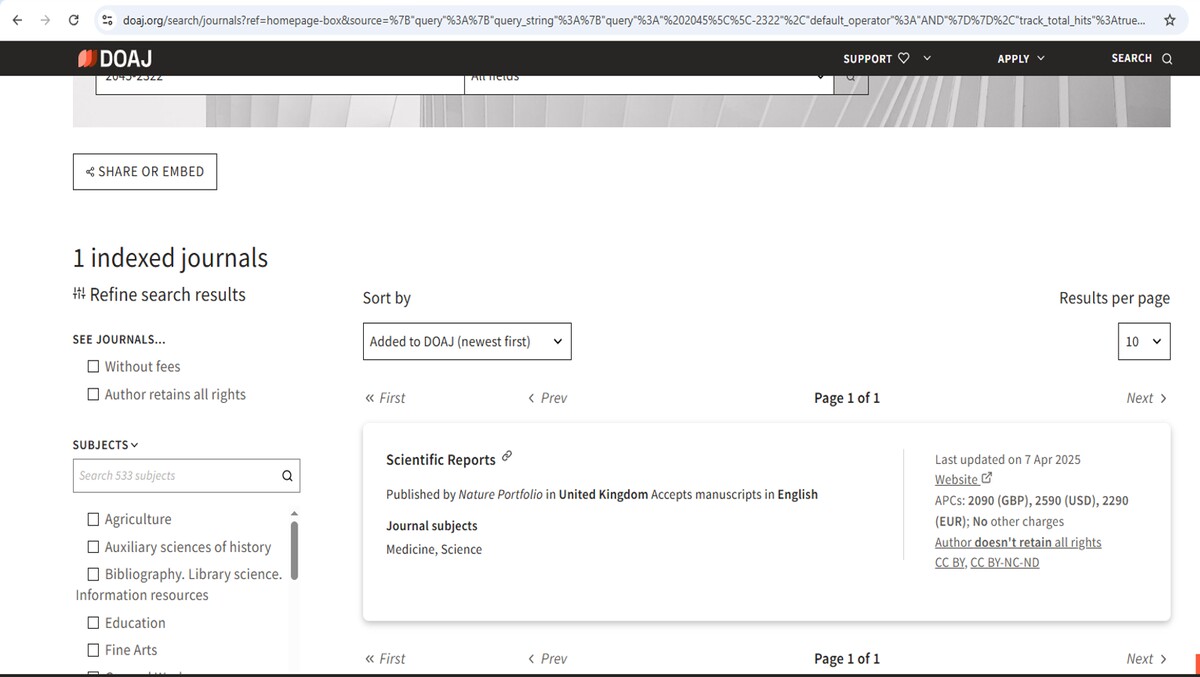
Publishing speed is often the make-or-break factor. Journals that advertise rapid peer review or fast publication options are worth considering. You can find this info in the journal’s author guidelines or website. If it’s not clear, don’t hesitate to email the editorial office and ask about average peer review times.
Also, use journal finder tools like:
Elsevier Journal Finder
Springer Journal Suggester
These tools sometimes include expected review times or indicate journals known for fast processing.
Most open access journals require APCs to cover the costs of publication since they don’t charge readers. Fees vary widely—from a few hundred to several thousand dollars. Before submitting, check:
The exact APC amount
Whether your institution or funding body covers these fees
If the journal offers waivers or discounts, especially for researchers from developing regions
This step is crucial to avoid surprises that could delay your publication.

Plan Ahead: Because of APCs and administrative requirements, it’s smart to factor publication costs and timelines into your research project early on.
Check University Policies: Confirm your university’s list of approved journals and requirements for promotion or funding applications.
Use Support Services: Don’t hesitate to get help from publication consultants or your institution’s research office—they can save you time and effort.
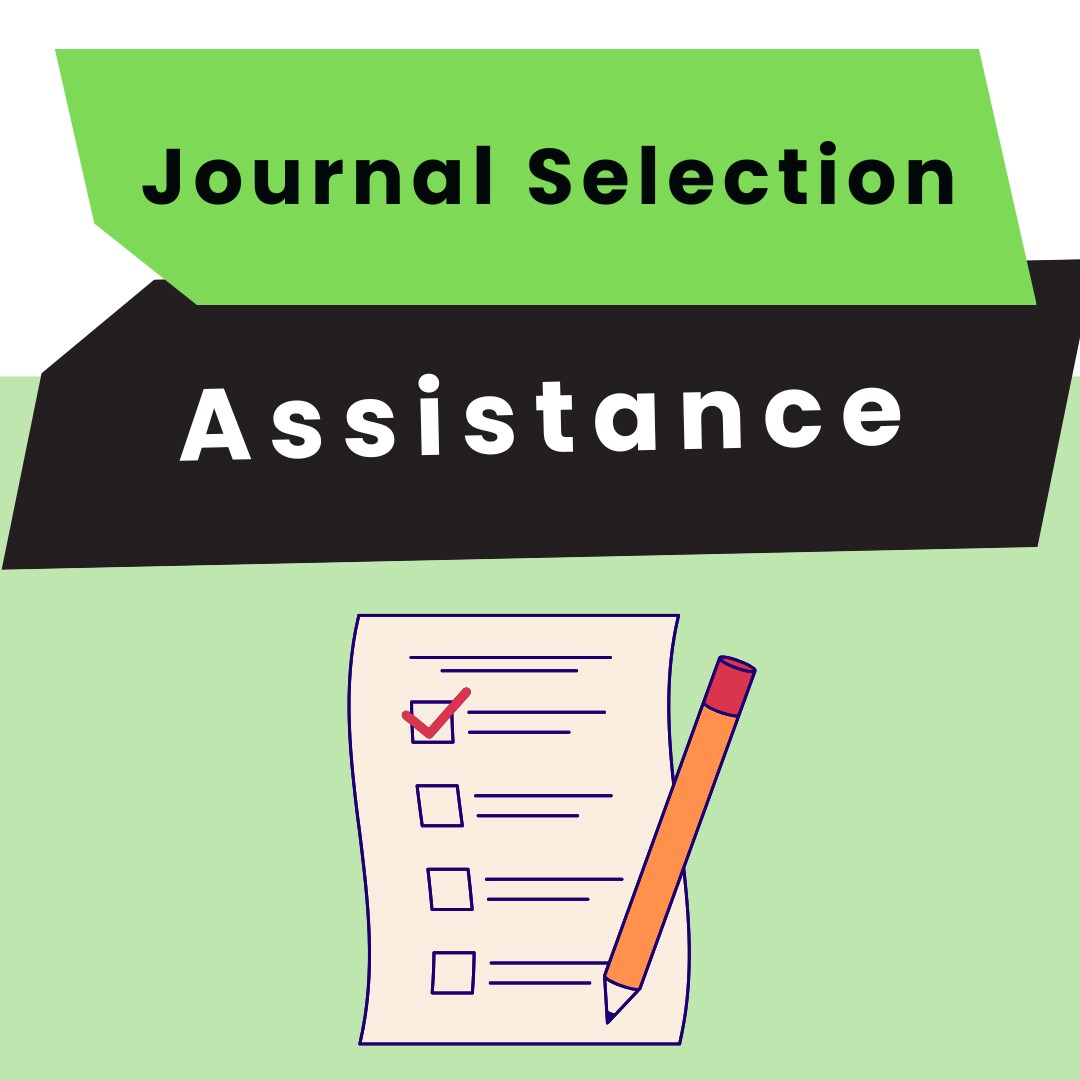
If you're unsure where to start or simply want to make a more informed decision, feel free to send us your field of study and a brief description of your research scope. We’ll review your input and send you a curated list of relevant ISI-indexed, open access journals—especially those known for faster publication timelines.
You can reach out to our specialist team 24/7 from anywhere in Saudi Arabia or beyond. We’re here to support you in entire publication process.
If you have any questions, inquiries, or would like to learn more about our services, please don't hesitate to reach out to us. Our dedicated team is ready to assist you.